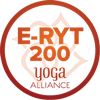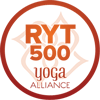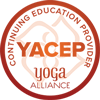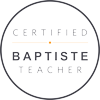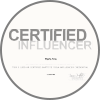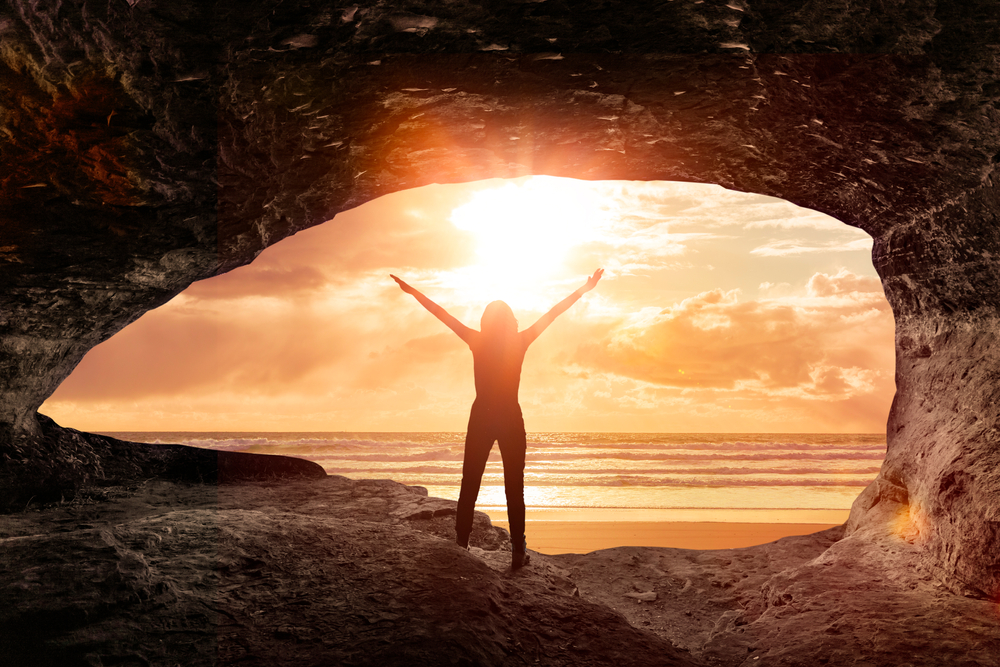
Suddenly, you feel like your old self again. A sense of tightness sets in. A deep sadness, anger, insecurity—maybe even fear—takes over. And all this, even though everything seems fine on the outside. There’s really no obvious reason for such a weakening emotion. And yet, it’s there…
Where do these feelings come from?
Often, they are unresolved emotions from the past that resurface unexpectedly in certain moments. They tie us to past experiences, sneak into our thoughts, and make us question—ourselves, our path, and the present moment.
Sadness, anger, insecurity, fear
These are all human emotions. They are not wrong. They want to be seen and understood. Because what we suppress, remains—and unconsciously influences our lives. It robs us of lightness, joy, and openness to new, healing experiences. But you don’t have to be powerless in the face of these emotions.
Often, it’s emotional experiences from the past that have quietly embedded themselves deep within us. They speak up when we’re touched by old wounds or themes. Not to weaken us—but to show us something. You can learn to recognize them, accept them—and slowly, lovingly let them go. Not to suppress them, but to free yourself. Tell yourself clearly and mindfully: Stop—these old feelings are no longer part of me. I am not this feeling, and this feeling does not define me.
The key lies in self-observation
Self-observation (also known as introspection) is a central aspect of emotional regulation because it helps us understand and manage our internal processes and reactions to external stimuli. By deliberately observing your own thoughts, feelings, and behaviors, you can identify patterns and develop strategies to deal with emotions more consciously and effectively.
It’s important to practice self-observation regularly—and especially early on. Not just when you’re already overwhelmed or feeling emotionally overloaded. Self-observation acts like an internal early warning system. It helps you recognize what’s going on inside before it becomes too much. Because when we look away for too long, ignore, and just keep functioning, old emotions build up. They get louder, more urgent—and eventually, they may explode. Suddenly, we break down, feel overwhelmed, irritable, or completely drained.
It’s like crashing full-speed into a wall—often completely automatically.
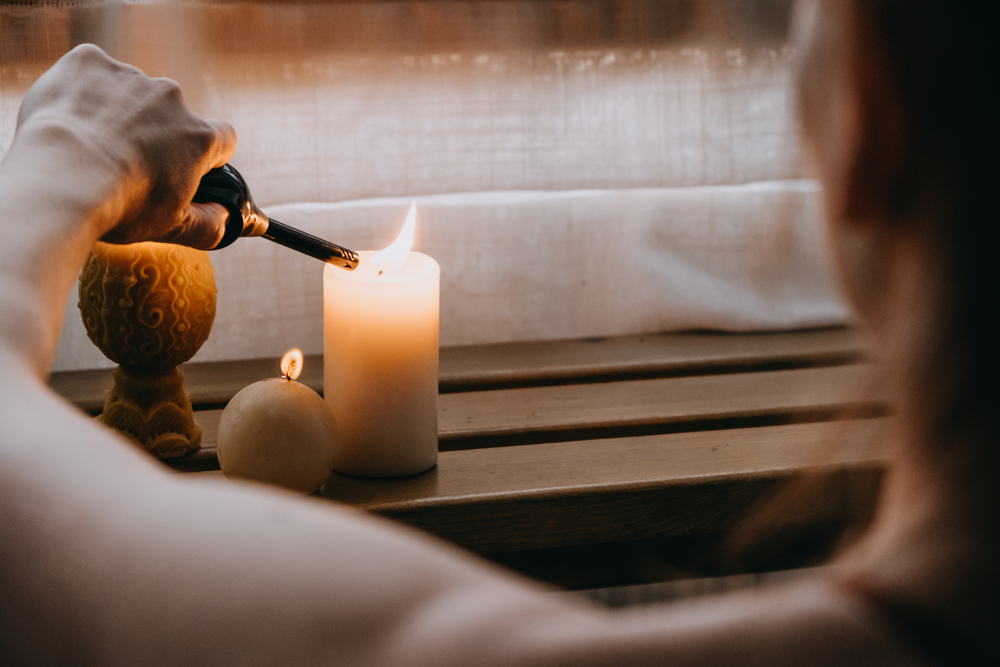
How do I practice self-observation?
You can learn to recognize your emotions, accept them—and slowly, lovingly let them go. Not to push them away, but to free yourself. Self-observation becomes possible through self-awareness. Yoga and meditation are powerful tools to promote self-awareness and thus self-observation.
Yoga, especially the asanas (physical exercises), support body awareness and mindfulness. With time, your practice becomes a wake-up call. It helps release physical tension, working on the musculoskeletal system—your muscles, bones, tendons, ligaments, and joints. You also learn to feel your breath and gently move emotional blockages.
Meditation, on the other hand, helps you observe your thoughts and emotions without identifying with them, leading to deeper self-knowledge.
Consciously ask yourself questions like:
- What am I feeling right now?
- Where do I know this feeling from?
- What is it trying to show me?
Over time, you’ll realize how much unnecessary energy is spent revisiting old emotions—and what you can create for yourself once you let them go.

Be the change you wish to see in the world.
Mahatma Gandhi
Writing down thoughts – bringing mindfulness to paper
Our thoughts are often like an endless stream—they come and go, repeat, jump around. Most of them we barely notice. This is where mindful writing comes in: writing down your thoughts is a simple yet powerful method of self-observation and inner clarity.
By putting your thoughts on paper, you will:
- Gain clarity: What’s swirling vaguely in your mind becomes tangible on the page.
- Gain perspective: Writing allows you to view your thoughts with more distance—almost from the outside.
- Sort your emotions: Writing helps you understand and process emotional experiences.
- Recognize patterns: Recurring themes, worries, or desires often only become clear through consistent writing.
In this conscious and regular reflection lies a key to inner healing. Through self-observation, you realize that you are not your emotions, you are simply experiencing them:
You are not your fear.
You are not your doubts.
You are not your sadness.
You are the person who can observe it all—and you have the freedom to realign yourself. With every step of self-observation, you come closer to yourself. You begin to recognize old patterns, unconscious reactions, and hidden needs. And then something very valuable can arise: self-knowledge.
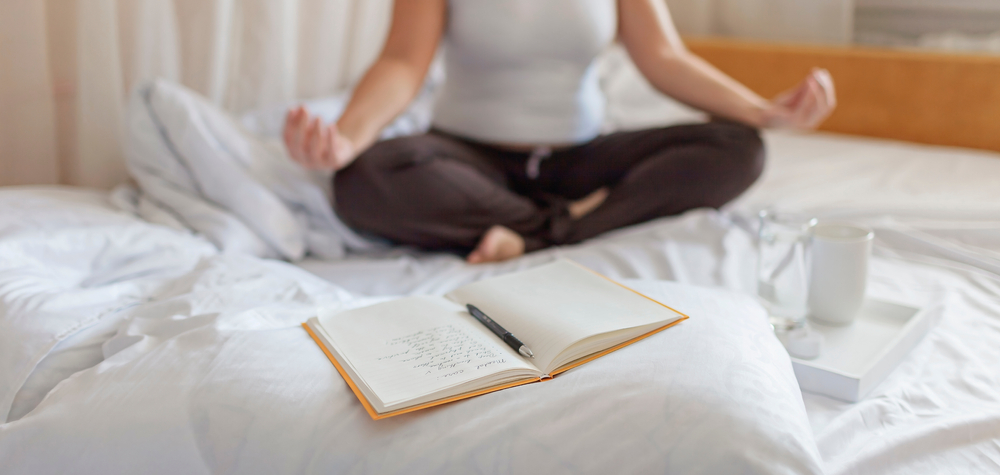
What exactly is self-knowledge?
Self-knowledge is the journey home to yourself. It means truly knowing who you are—on a deeper level, beyond external roles, expectations, or superficial self-images. It’s the conscious engagement with your personality, your thoughts, emotions, values, needs, strengths, and weaknesses.
Self-knowledge is not something you achieve once and then “have”—it is an ongoing process. A path of internal observation, questioning, pausing, and understanding.
And self-knowledge is the key to real transformation. Because those who know themselves lay the foundation for positive change—both within and in the world around them.
Advantages of self-knowledge
It is a superpower on all levels and with it you can:
- Communicate more clearly: You know what you need, feel, and think—and can express it constructively.
- Listen better: When you understand yourself, you don’t have to constantly defend yourself—creating space to truly listen to others.
- Project less: You notice when you’re putting something onto others that actually belongs to you.
- Respond more mindfully: Instead of reacting impulsively, you can choose your response consciously.
- Experience genuine connection: Authenticity arises when you’re true to yourself—and that builds trust.
- Develop emotional intelligence: You recognize your emotions—and regulate them instead of being ruled by them.
- Gain clarity in decisions: You know your values and boundaries—helping you act with more focus and integrity.
- Build leadership: Those who can lead themselves can also lead others—through empathy, clarity, and presence.
- Grow resilience: You recognize signs of stress or overwhelm early—and can take conscious countermeasures.
- Strengthen teamwork: You can handle criticism, take responsibility, and approach conflicts with a solution-oriented mindset.
Discover the transformative power of self-knowledge through regular yoga and meditation practice. Start taking time for yourself every day and you’ll experience harmony of body, mind, and soul.
If you need support on your path, feel free to reach out to us. Those who recognize themselves early gain clarity, navigate challenges more confidently, and continue to grow.
Namaste,
Karin & Team
